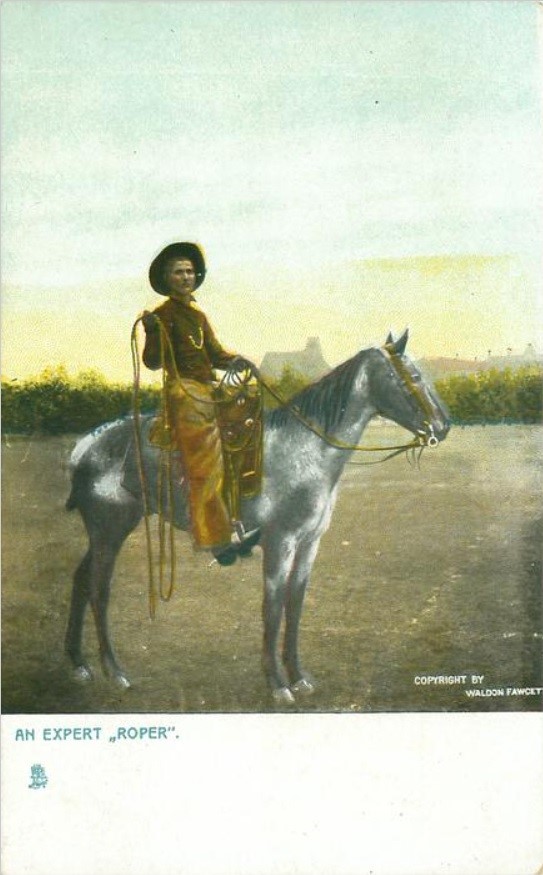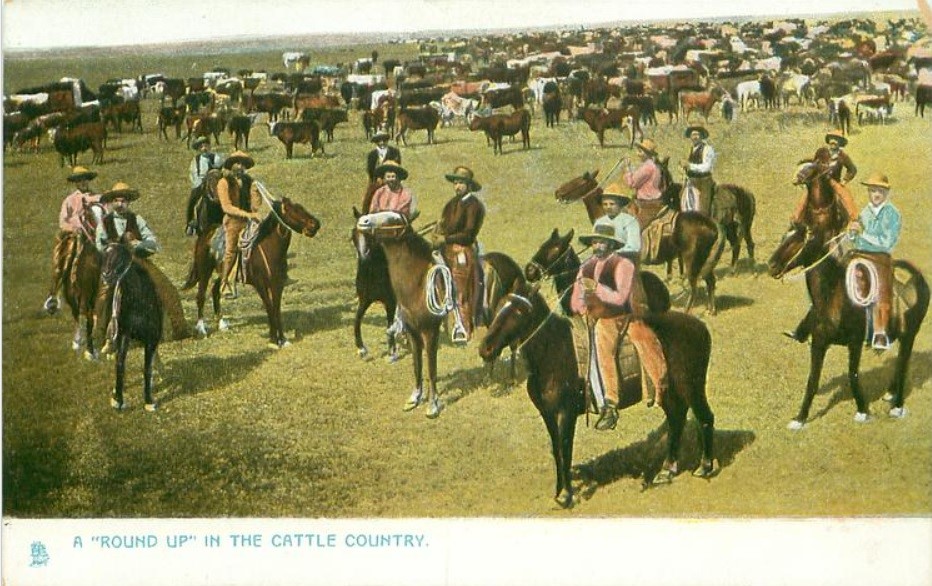Ray Hahn
Ranching In the Old West
In every dime novel or short story ever read or barroom legend ever told over a shot of Coffin Varnish or Tangleleg whiskey, we hear about the fierce rivalries between cattle and sheep farmers that took place during the Sheep Wars in the 1870s to the 1900s. Although Easterners had a mind-set that the old west was a wild and lawless place that could only be governed by gun-slinging lawmen like Pat Garrett, Wyatt Earp, and Bat Masterson there really was a code of civility that made it possible for those late-century farmers to co-exist and in some rare cases cooperate. There is plenty of blame to be shared, but it was the late nineteenth century American authors whose writing focus was the events of the middle plain’s states and territories who perpetuated the legend for the sake of selling books.
Zane Gray, Louis L’Amour, Robert E. Howard, Bret Harte, Frank Norris, and Jack London all wrote of these times and in many ways embellished minor events and conflicts that made them wealthy and famous.
The events in question were about grazing rights. The biological differences between sheep and cattle were recognized early as being incompatible. The major differences were that sheep were much more susceptible to disease, they required much more water and different types of food, but the primary concern was how they were herded.
Herding was expensive and neither the rancher nor the shepherd wanted to spend money on hired hands unless they were forced to do so by having to move herds from pasture to pasture.
An ordinary person would be astonished at the amount of grassland it takes to sustain one cow – for minimum success an acre is needed for every cow and double that much when a cow issues a calf.
Long before the courts got involved, cattle ranchers accused the shepherds of allowing their sheep to overgraze low-elevation cattle land. The first of the sheep war battles was fought in 1875 on the Charles Goodnight Farm in Texas. Accusations of overgrazing occurred on the range land that left the land unsuitable for cattle until a forage regrowth could occur. Depending on weather and other circumstances, such periods could last as long as three to five months. And then the shepherds, accused cattlemen of buying up water resources and fencing the areas they considered public lands.
The last serious battle occurred in Colorado in 1920. Collectively these murderous wars became known, in court proceedings, as range-engagements. In the years between the Goodnight Farm event and the last killings in Colorado more than 120 different happenings took place in eight different states or territories. Over fifty men were killed in the gun-battles and the best modern estimates are that nearly one-hundred thousand sheep were slaughtered without reason.
***
The Tuck postcards featured in this postcard history were likely photographed and printed in the years when some of the battles were raging in states from Texas to Wyoming. The cards were manufactured in Holland but sold only in the United States. The earliest first use date of any yet found is April 1907. Unusual for a Tuck set of cards, these are individually titled and numbered from #5210 to #5215.

TYPICAL RANCH WORKERS #5210
The cowboys are not so numerous as they once were, but great numbers of them are yet to be found in the more sparsely settled sections of the West where the cattle still roam. They receive about $40 per month and “keep,” but the life is full of extremely hard work. The cowboy prides himself on being an expert revolver shot.

DIPPING SHEEP #5211
A unique and picturesque feature of sheep raising on a large scale in the southwest of America is the “dipping” of sheep to prevent and eliminate disease. The sheep are driven into great pens, from there they run single file through long narrow troughs filled with medicated preparations, and their wool becomes thoroughly soaked with the curative liquid.

SHEEP RANCH #5212
Some of the largest sheep ranches in the world are located in the southwest of the U. S. particularly in New Mexico, where tended by Mexican herders, flocks of thousands upon thousands of sheep roam over the vast unfenced ranges miles in extent, and at intervals are assembled in corrals for shearing or the shipment by rail.

AN EXPERT ROPER #5213
The cowboy of the “cattle country” of the U. S. are everywhere famous as the most daring horsemen in the world. This picture shows a typical representative of these rough riders.
J. H. Minnick of Oklahoma, the champion “roper” or lasso thrower of the world, who can swing his lariat with unerring skill while riding at full speed.

A “ROUND UP” IN THE CATTLE COUNTRY #5214
The chief spectacular feature of cattle ranching in the West is the “round-up” when the cowboys assemble all the cattle belonging to the ranchman by whom they are employed, in order that selection may be made of the animals to be shipped to market. During these round-ups the cowmen are in the saddle about twenty hours a day for days at a time.

COWBOYS BRANDING CATTLE #5215
One of the principal duties of the cowboys is the branding of the cattle with the distinctive sign or trademark of the owner, so that an animal can be identified should it wander from the herd. The animals to be marked are roped and thrown and held firmly by the ropes in the hands of several cowboys, while another of their number applies the hot iron which burns the brand into the flesh.






As I read this article, a line from Oklahoma! kept running through my mind: “Oh, the farmer and the cowman should be friends”.